Technological tradition: introducing Aston Martin’s new DB11
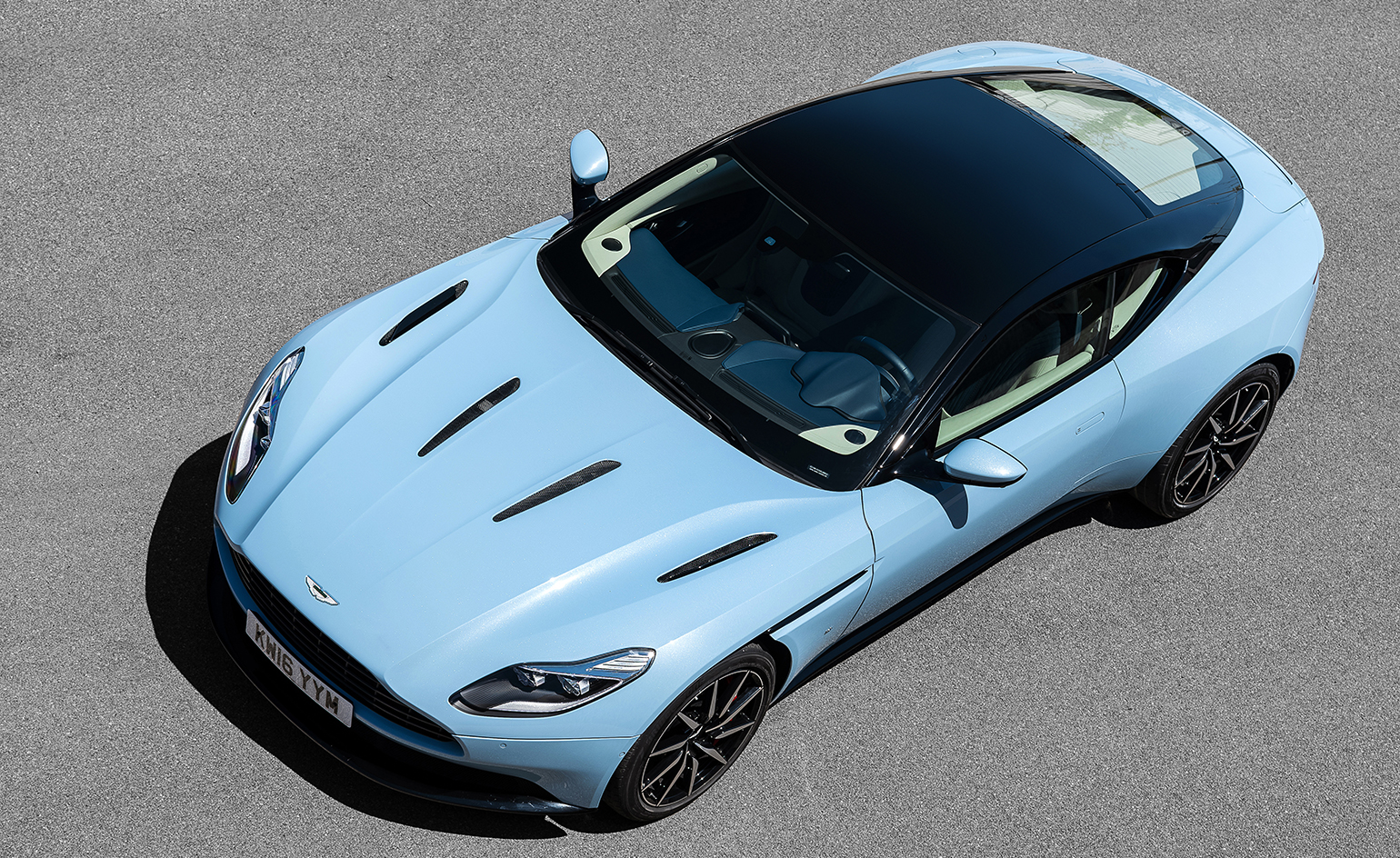
Making something feel innately familiar while also breathtakingly new is a clever trick. Given time, skill and sophisticated design language, it’s possible to build on the past without having to look back. That approach is effectively demonstrated in Aston Martin’s new DB11, a car tasked with both continuing a long-running dynasty and setting a new technological and performance benchmark with which to take the company forward after a long period of relative inactivity. The DB line can be traced all the way back to David Brown’s DB2 of 1950, moving up through the DB2/4, DB4, DB5, DB6, then after a long hiatus, the DB7, DB9 and now DB11 (DB10 being assigned to a client called Sam Mendes for a certain film project in 2015).
The DB11 is sufficiently different to mark a sharp break from Aston’s recent past. It shares the same basic proportions as its forebears, chiefly because AM is so well versed in the mathematical dissection of beauty – the vivaciousness of a curve, the seduction of a surface and the innate rightness of the golden section. Yet apart from that, everything – bar a switch or two – is entirely new. The DB11 is the first physical manifestation of Aston Martin's new generation, the synthesis of essential proportions with new, more angular and expressive forms, rather than just the flowing curves of old.
There’s no place for hard or soft options in this fiercely contested market sector, where your choice of car is bolstered as much by your buy-in to the brand and the image you’d like to project. Aston owners see themselves as a singular breed, and the company has evolved to cater for every taste, while simultaneously holding a steady tiller for a timeless evocation of the best of British design and technology. So you can spec your DB11 through AM’s bespoke ‘Q’ Division, or chose between five special launch editions, each of which has been put together by Marek Reichman’s design department to emphasise different aspects of the car.
The mix of tradition and technology is a balancing act that few others achieve. Yet as well as being light years ahead of its predecessors in terms of interior technology, ergonomics and general sophistication, the DB11 delivers innovation without sacrificing the tactile delights of leather and Alcantara, the feel of hand-machined metal and the overall ambience of tailor-made perfection.
Get behind that wheel and you’re rewarded with excellent visibility, the glorious – but not overly intrusive – sound of that 5.2l V12 and steering that helps hustle this sizeable car along with confidence and poise. Having driven practically every Aston in the modern era, there’s a comforting familiarity but also a more sophisticated, less bruising approach to power delivery. Like all the best GTs, the DB11 can flick between all-out sports car to smooth-riding cruiser depending on your mood and the surroundings and the much-improved tech runs to an all-new entertainment system and gadgets like self-parking. This is classic elegance without compromise.
Over time, a Volante droptop will be launched, as will other variants. But just like the DB9 before it, there’s much to cherish in the simple purity of the DB11 as it is at launch. A noble lineage continues, and the DB badge will take Aston far into the future.
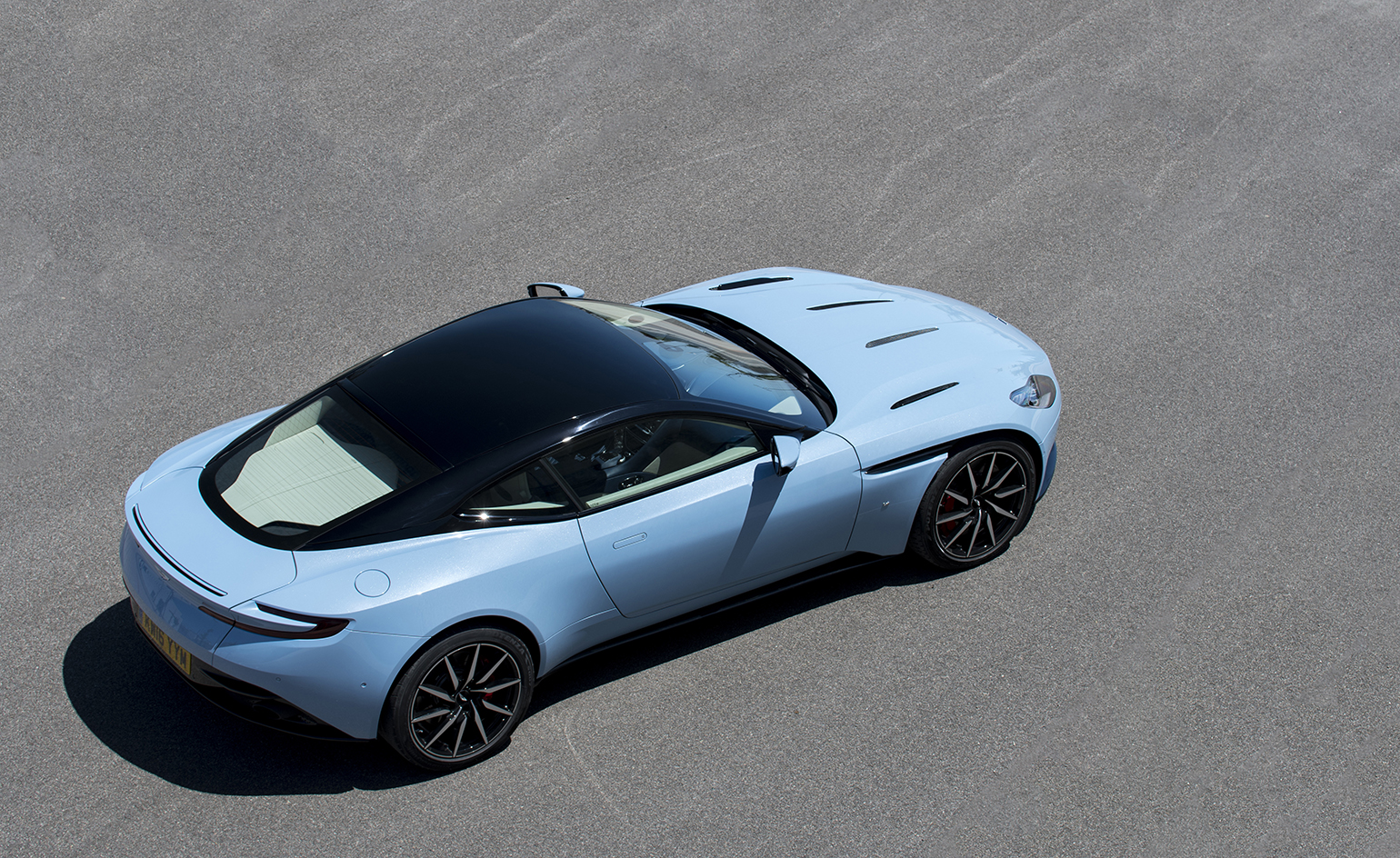
The DB line can be traced all the way back to David Brown’s DB2 of 1950, moving up through the DB2/4, DB4, DB5, DB6, then after a long hiatus, the DB7, DB9 and now the DB11
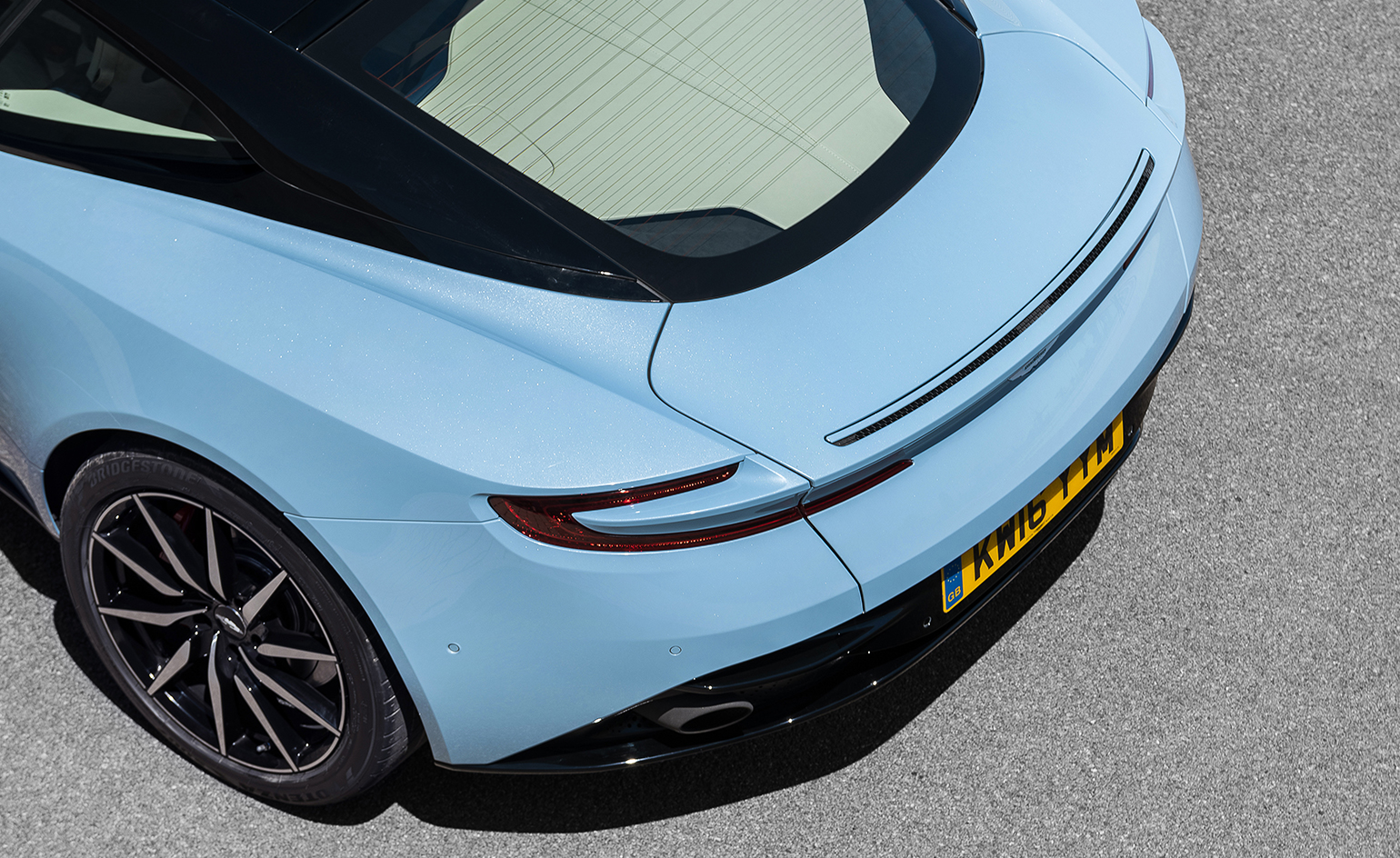
Like all the best GTs, the DB11 can flick between all-out sports car to smooth-riding cruiser
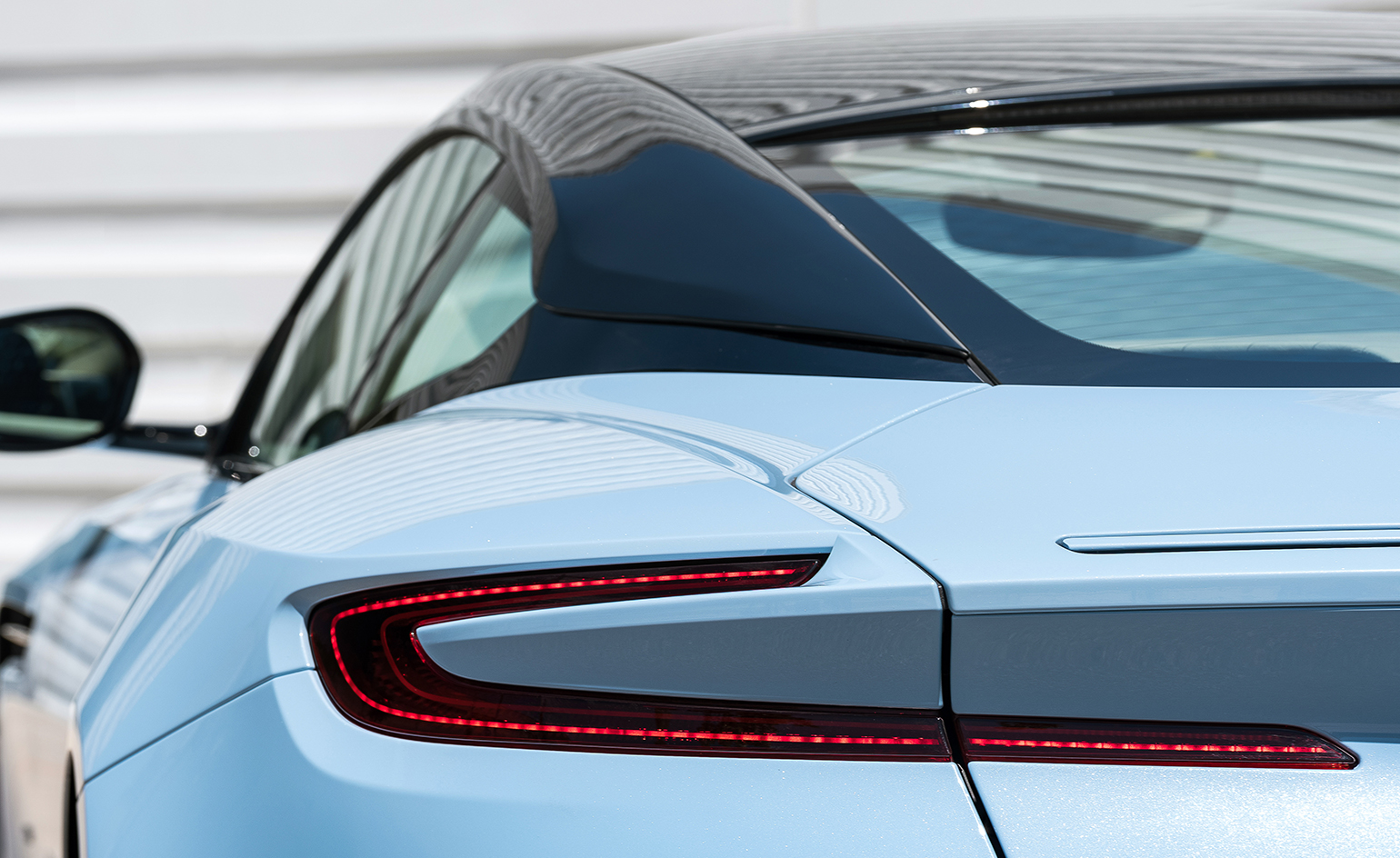
The DB11 is the first physical manifestation of Aston Martin's new generation, making something innately familiar feel breathtakingly new
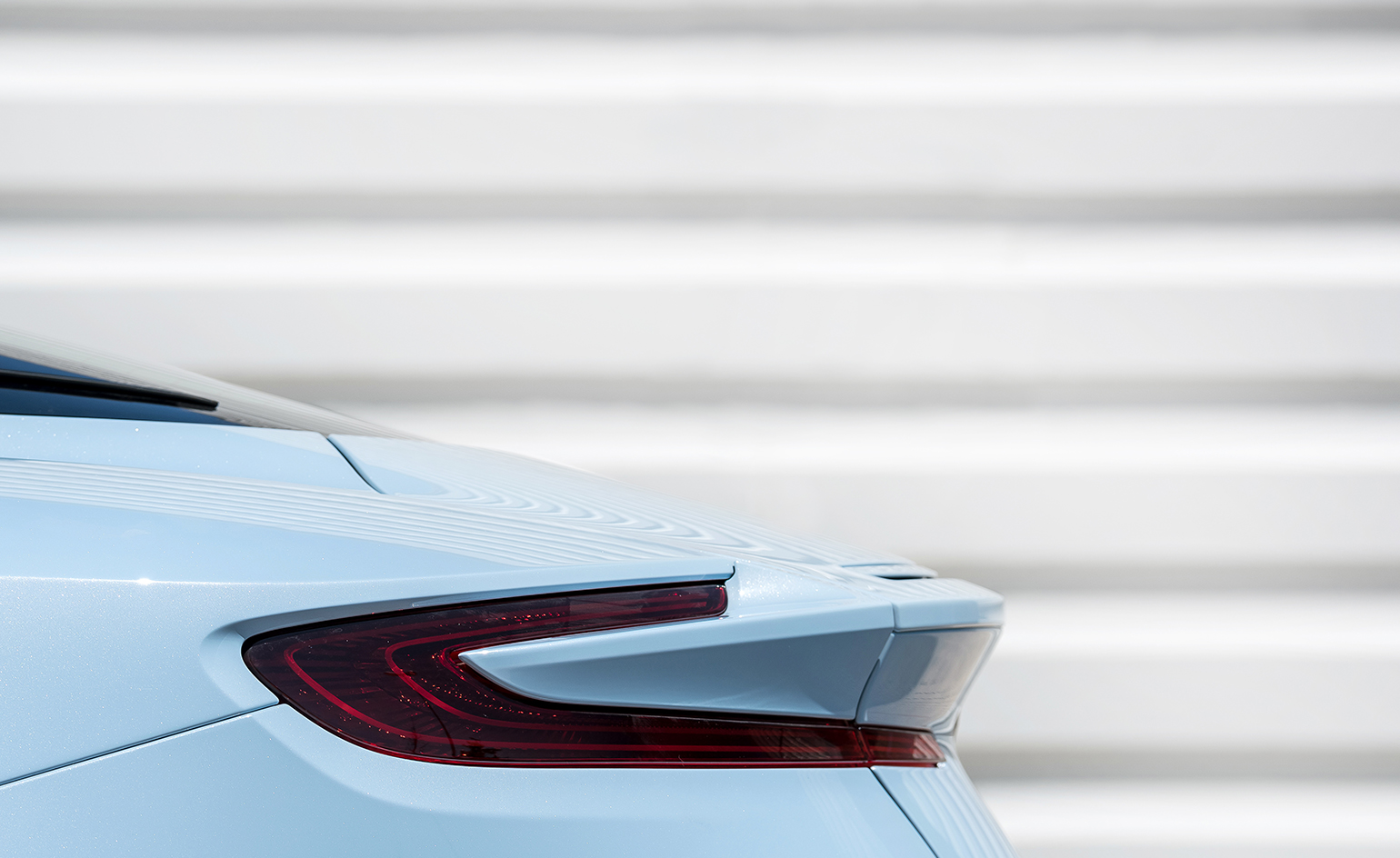
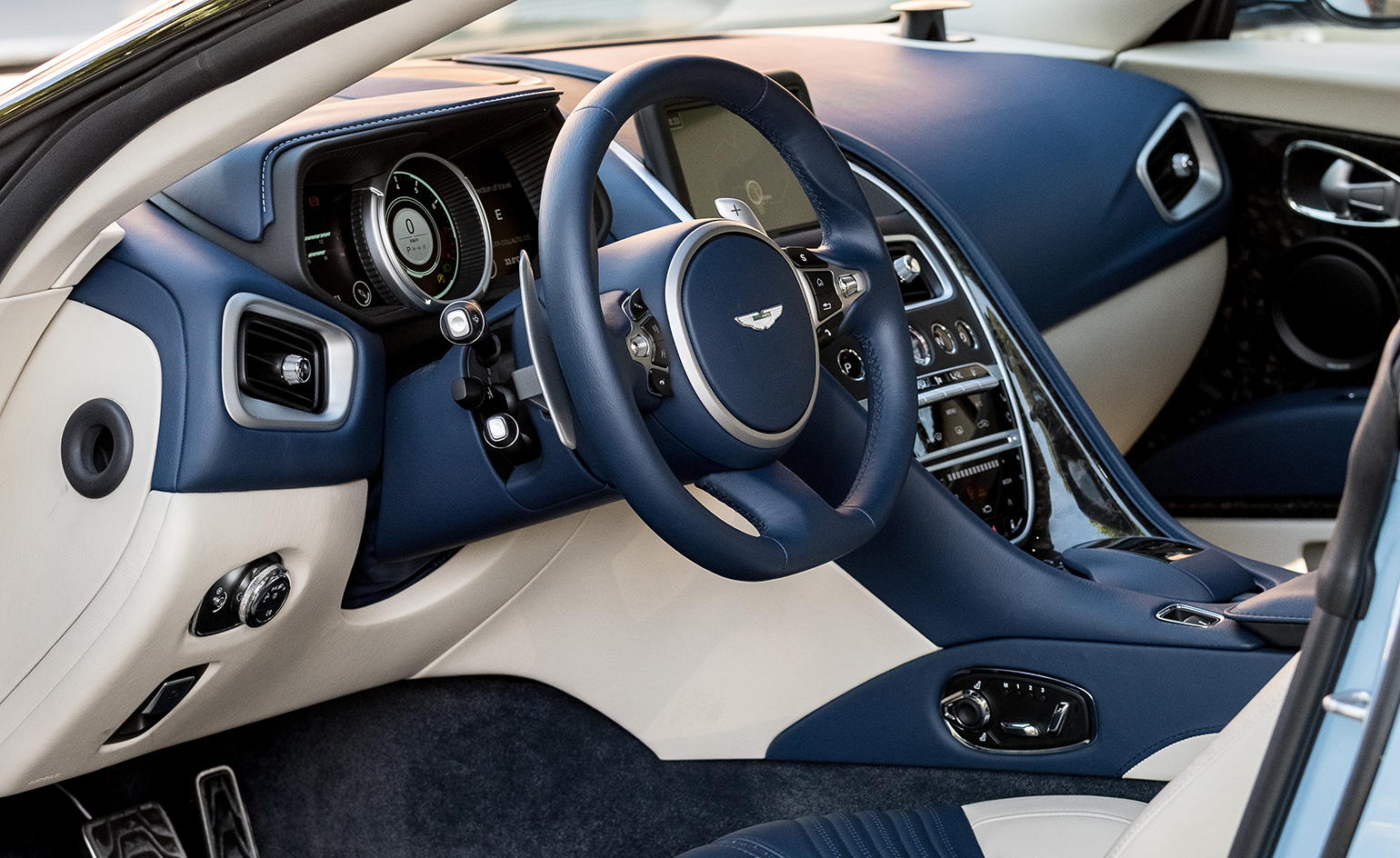
As well as being light years ahead of its predecessors in terms of interior technology, ergonomics and general sophistication, the DB11 delivers innovation without sacrificing the tactile delights of leather and Alcantara, the feel of hand-machined metal and the overall ambience of tailor-made perfection
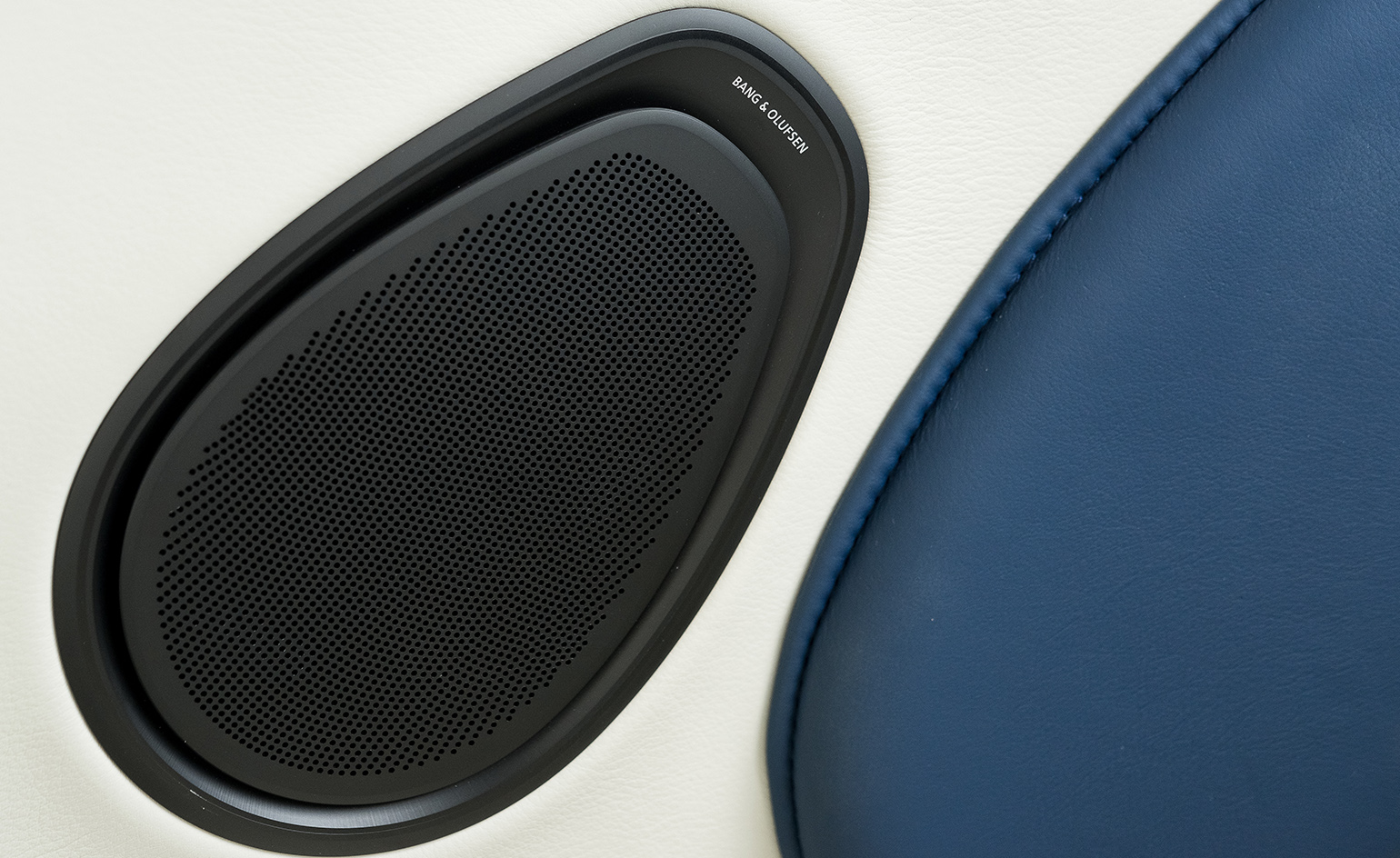
In partnership with leading sound technology company Bang & Olufsen, the DB11 provides a uniquely tailored audio experience
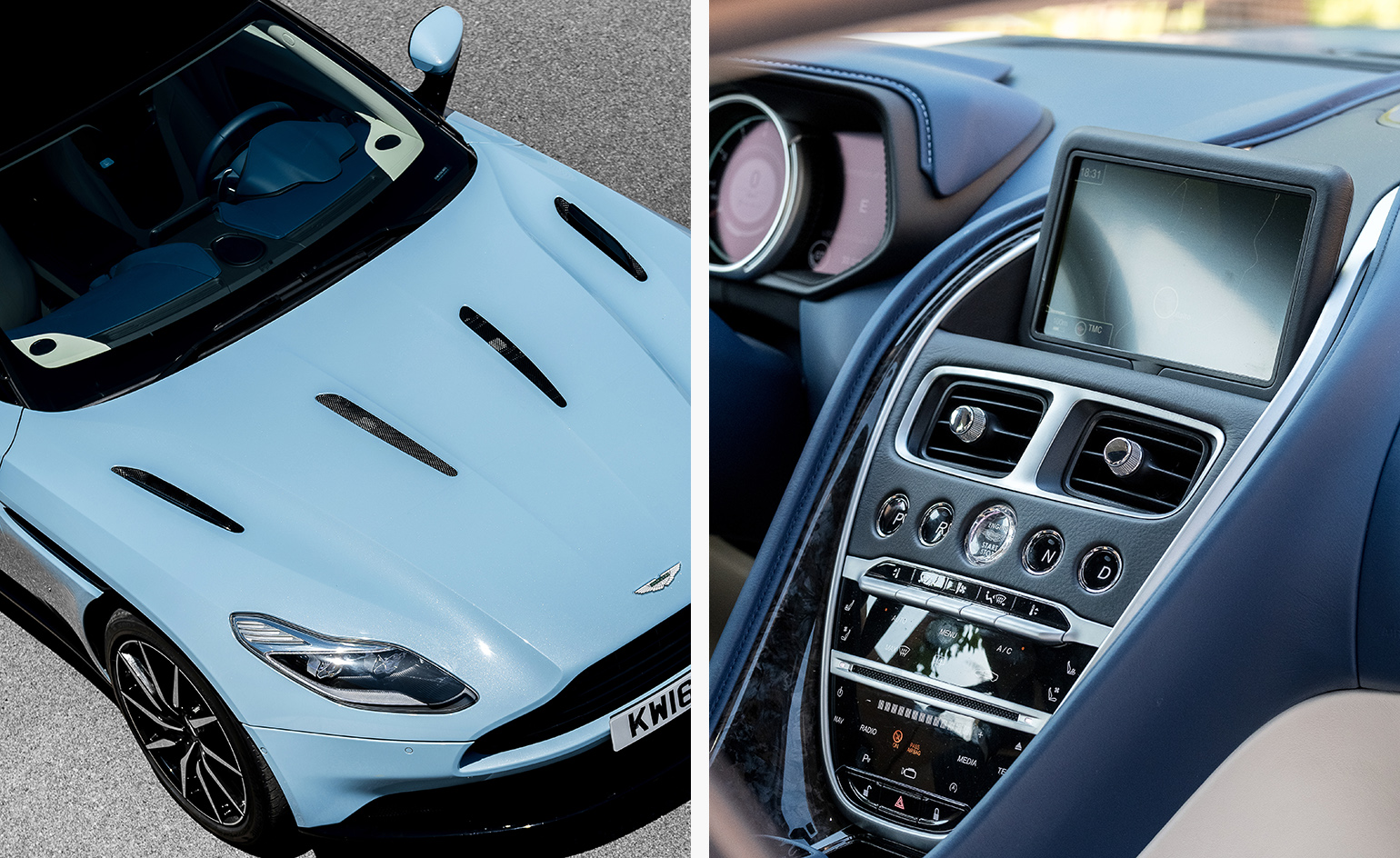
The mix of tradition and technology is a balancing act that can be witnessed both in the exterior and interiors
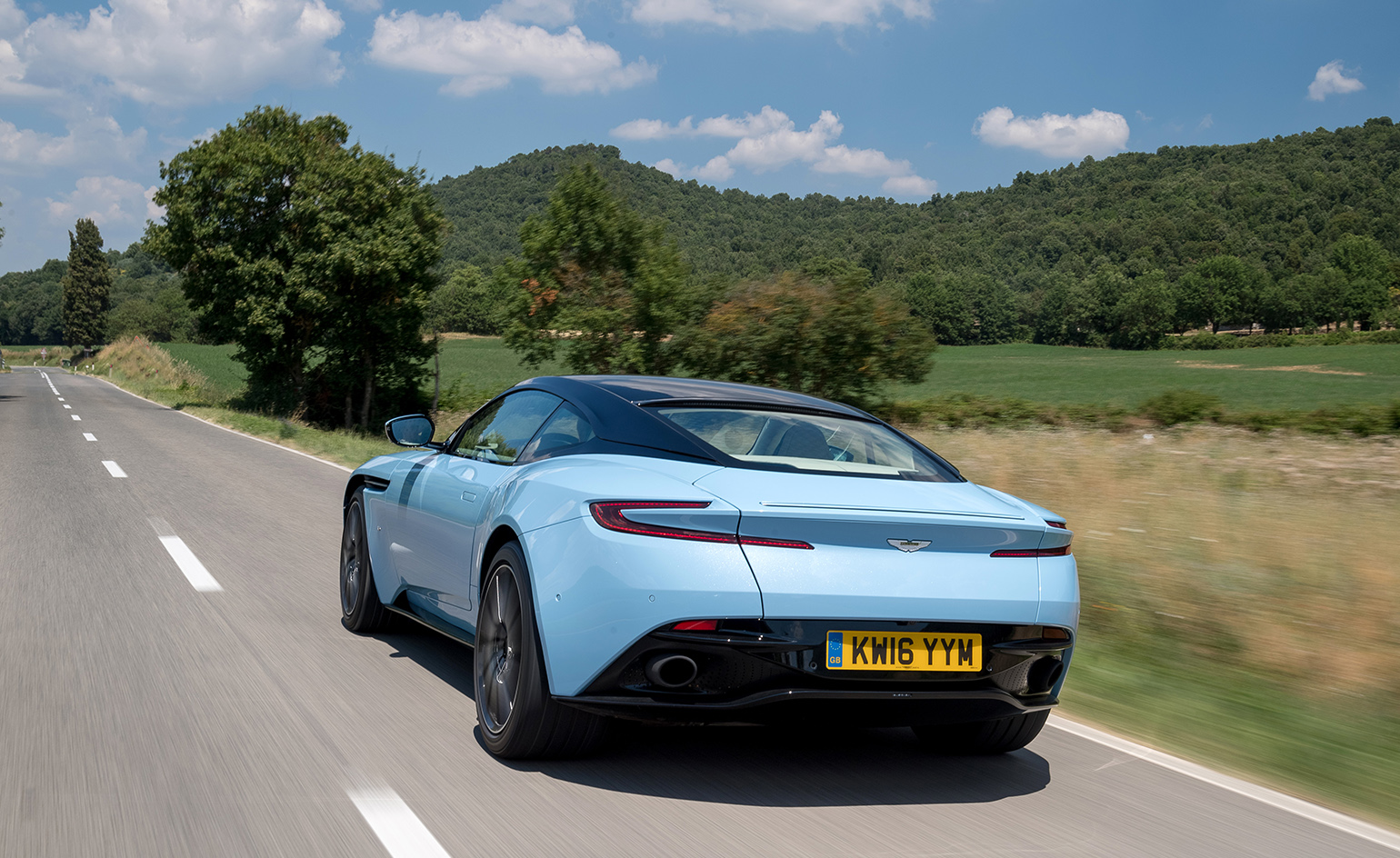
Just like the DB9 before it, there’s much to cherish in the simple purity of the DB11. A noble lineage continues, and the DB badge will take Aston far into the future
INFORMATION
Aston Martin DB11, from £154,900. For more information visit Aston Martin's website
Photography courtesy Max Earey
Wallpaper* Newsletter
Receive our daily digest of inspiration, escapism and design stories from around the world direct to your inbox.
Jonathan Bell has written for Wallpaper* magazine since 1999, covering everything from architecture and transport design to books, tech and graphic design. He is now the magazine’s Transport and Technology Editor. Jonathan has written and edited 15 books, including Concept Car Design, 21st Century House, and The New Modern House. He is also the host of Wallpaper’s first podcast.
-
 Japan in Milan! See the highlights of Japanese design at Milan Design Week 2025
Japan in Milan! See the highlights of Japanese design at Milan Design Week 2025At Milan Design Week 2025 Japanese craftsmanship was a front runner with an array of projects in the spotlight. Here are some of our highlights
By Danielle Demetriou
-
 Tour the best contemporary tea houses around the world
Tour the best contemporary tea houses around the worldCelebrate the world’s most unique tea houses, from Melbourne to Stockholm, with a new book by Wallpaper’s Léa Teuscher
By Léa Teuscher
-
 ‘Humour is foundational’: artist Ella Kruglyanskaya on painting as a ‘highly questionable’ pursuit
‘Humour is foundational’: artist Ella Kruglyanskaya on painting as a ‘highly questionable’ pursuitElla Kruglyanskaya’s exhibition, ‘Shadows’ at Thomas Dane Gallery, is the first in a series of three this year, with openings in Basel and New York to follow
By Hannah Silver
-
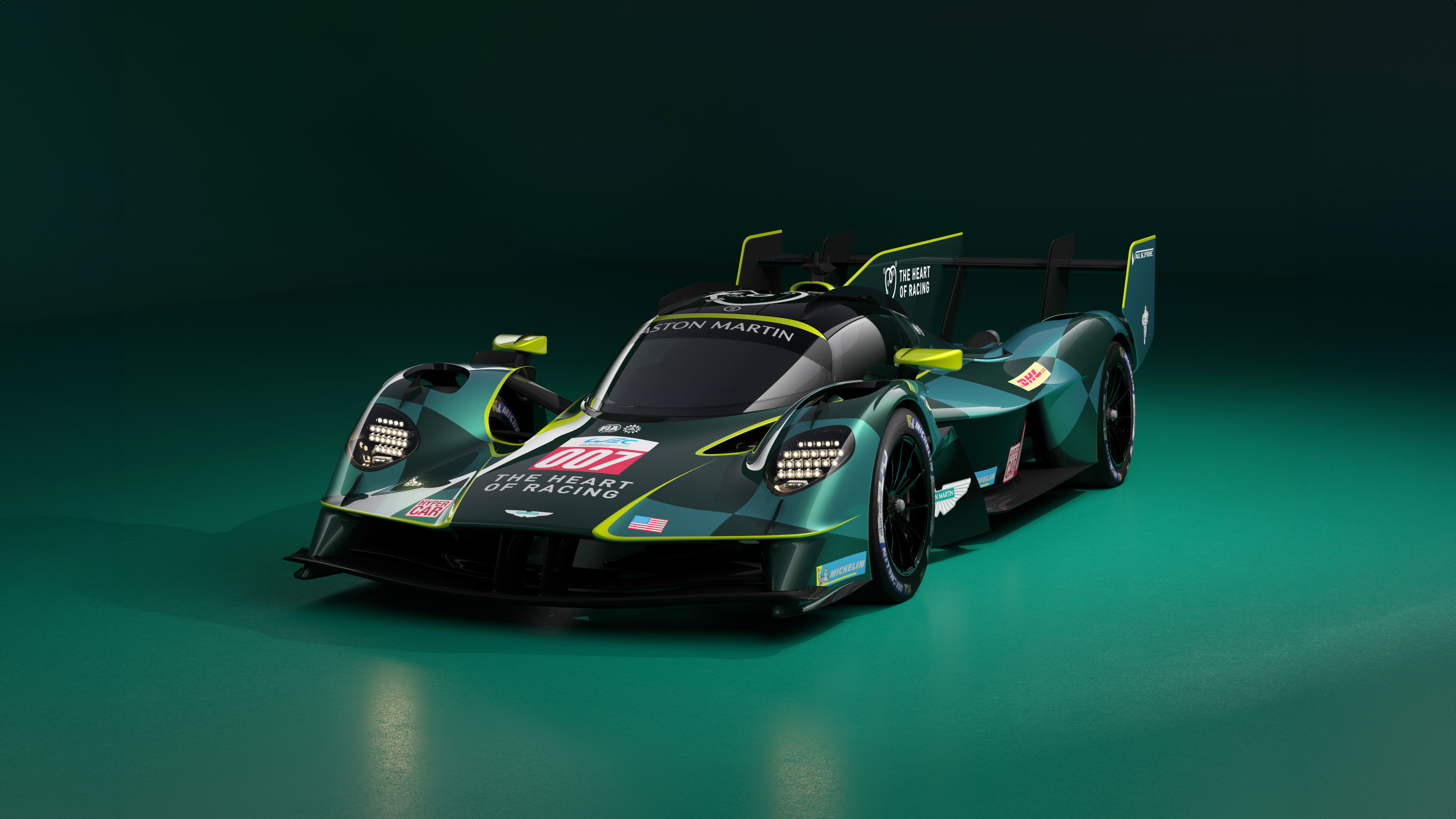 Aston Martin reveals first ever racing variant of its extreme Valkyrie hypercar
Aston Martin reveals first ever racing variant of its extreme Valkyrie hypercarAiming to conquer Le Mans, as well as other endurance races around the world, Aston Martin and The Heart of Racing unveil the track-focused Valkyrie WEC and IMSA challenger
By Jonathan Bell
-
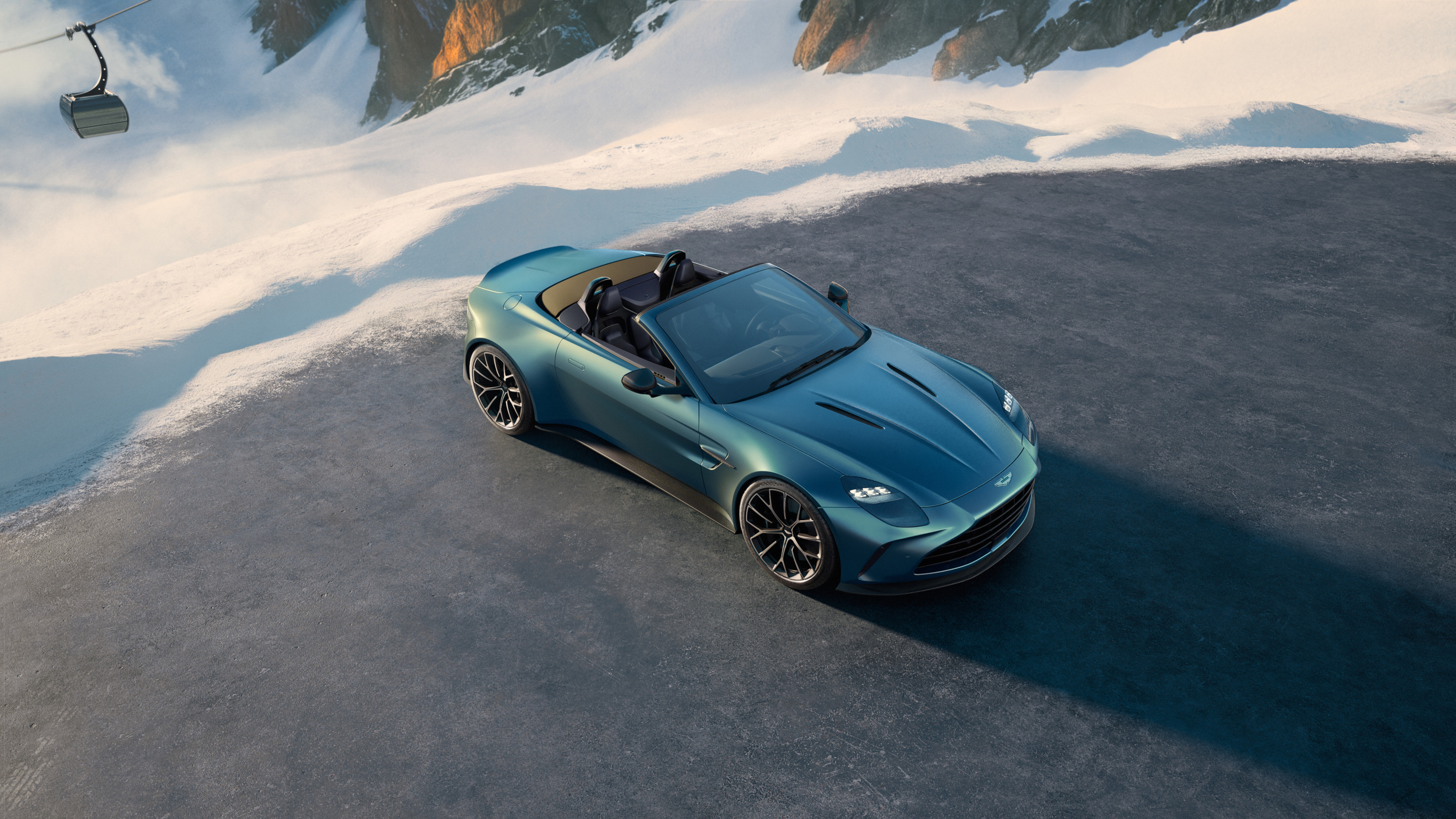 The new Aston Martin Vantage Roadster gives you an elemental experience
The new Aston Martin Vantage Roadster gives you an elemental experienceEvery statistic about the new Vantage Roadster screams speed; this is a convertible for those in a hurry and unafraid to make a noise about it
By Jonathan Bell
-
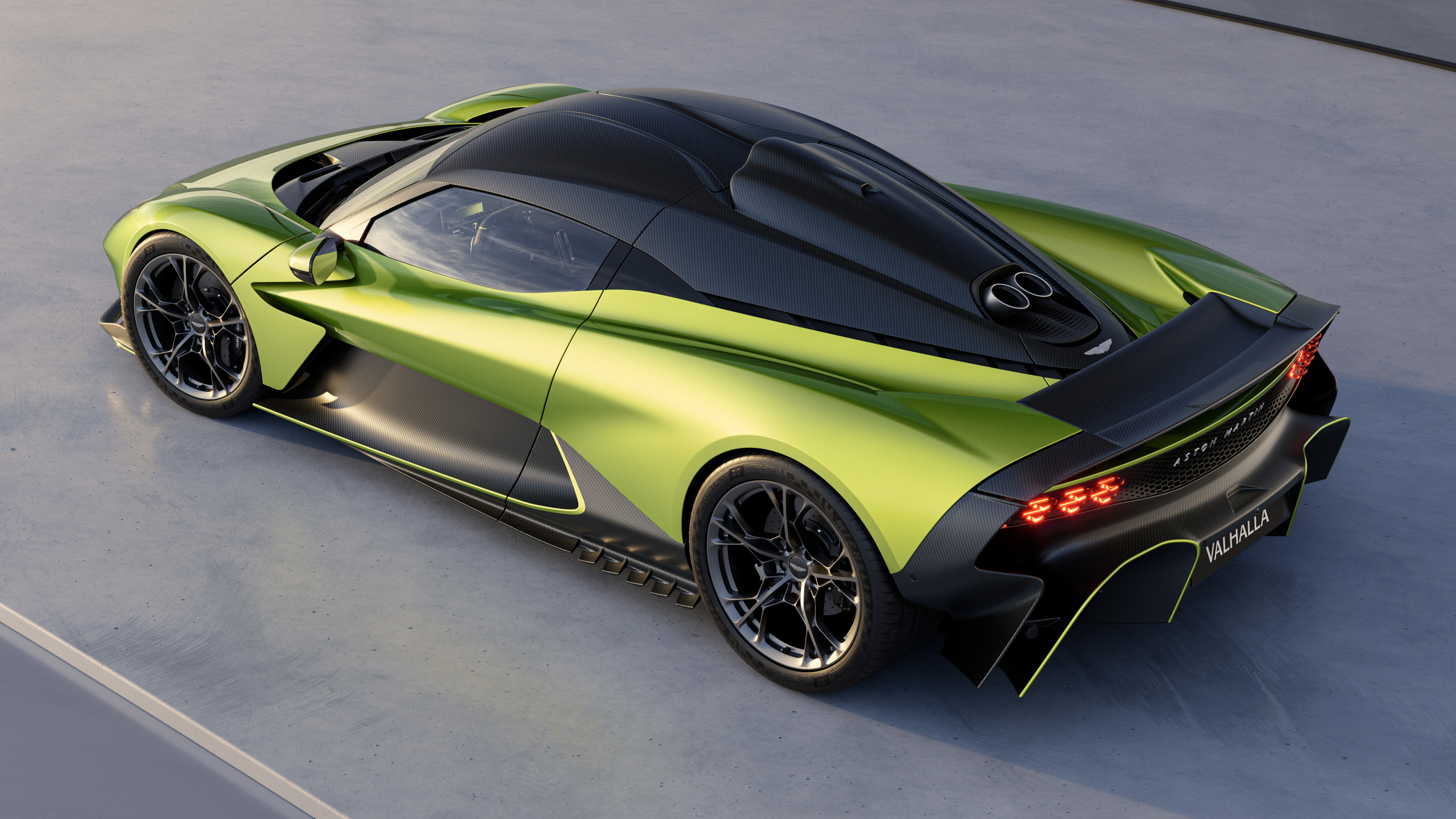 Raise your horns: Aston Martin’s Valhalla blends race-car dynamics and high-tech craft
Raise your horns: Aston Martin’s Valhalla blends race-car dynamics and high-tech craftValhalla is the first ever mid-engine series production Aston Martin, a hybrid V8 limited to 999 units
By Jonathan Bell
-
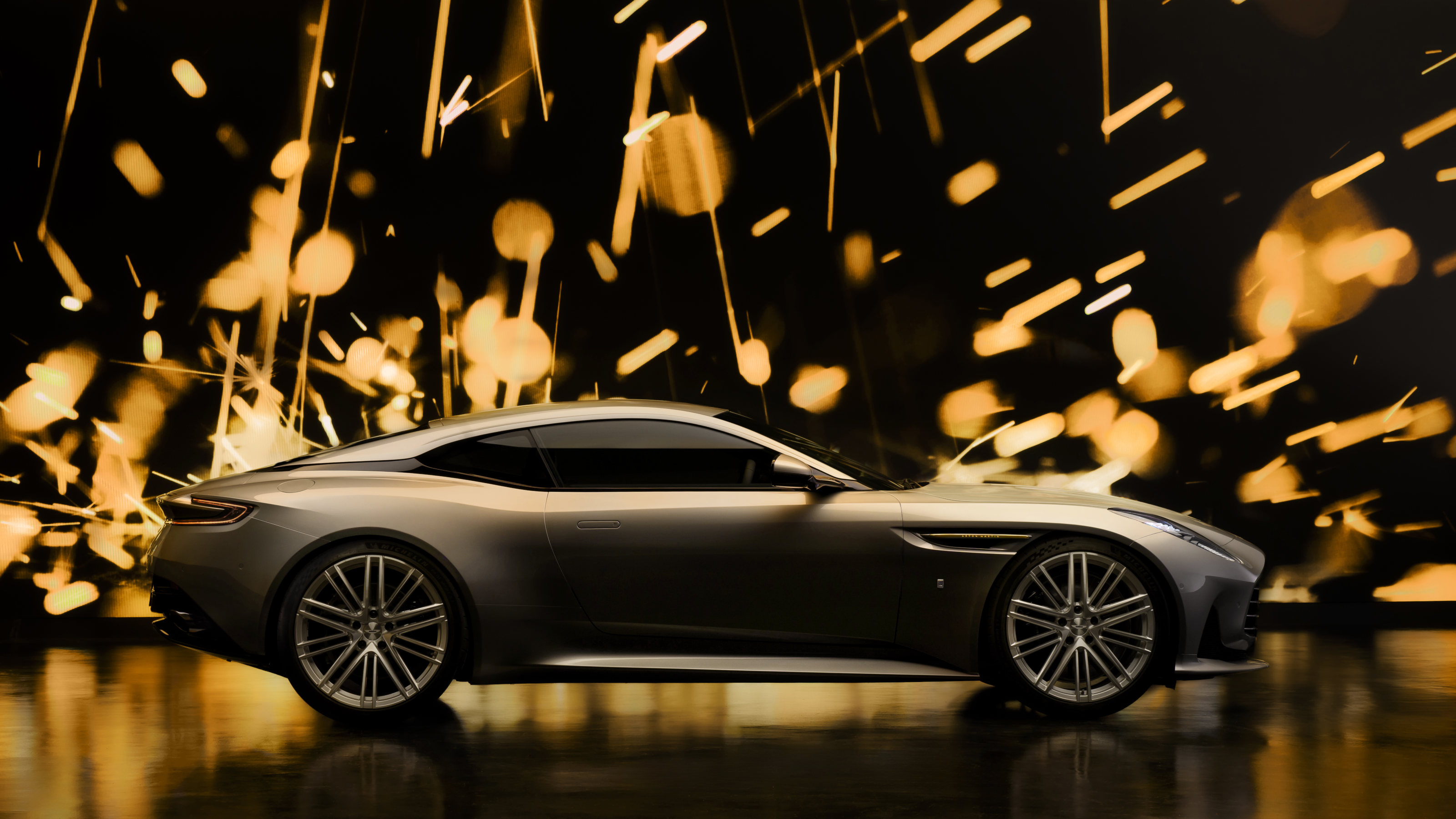 Aston Martin bring the Midas touch to their super tourer with the DB12 Goldfinger Edition
Aston Martin bring the Midas touch to their super tourer with the DB12 Goldfinger EditionReleased in honour of the sixtieth anniversary of the iconic James Bond film, Aston Martin has gone all out to the DB12 Goldfinger Edition a worthy collector’s item for high rolling film fans
By Jonathan Bell
-
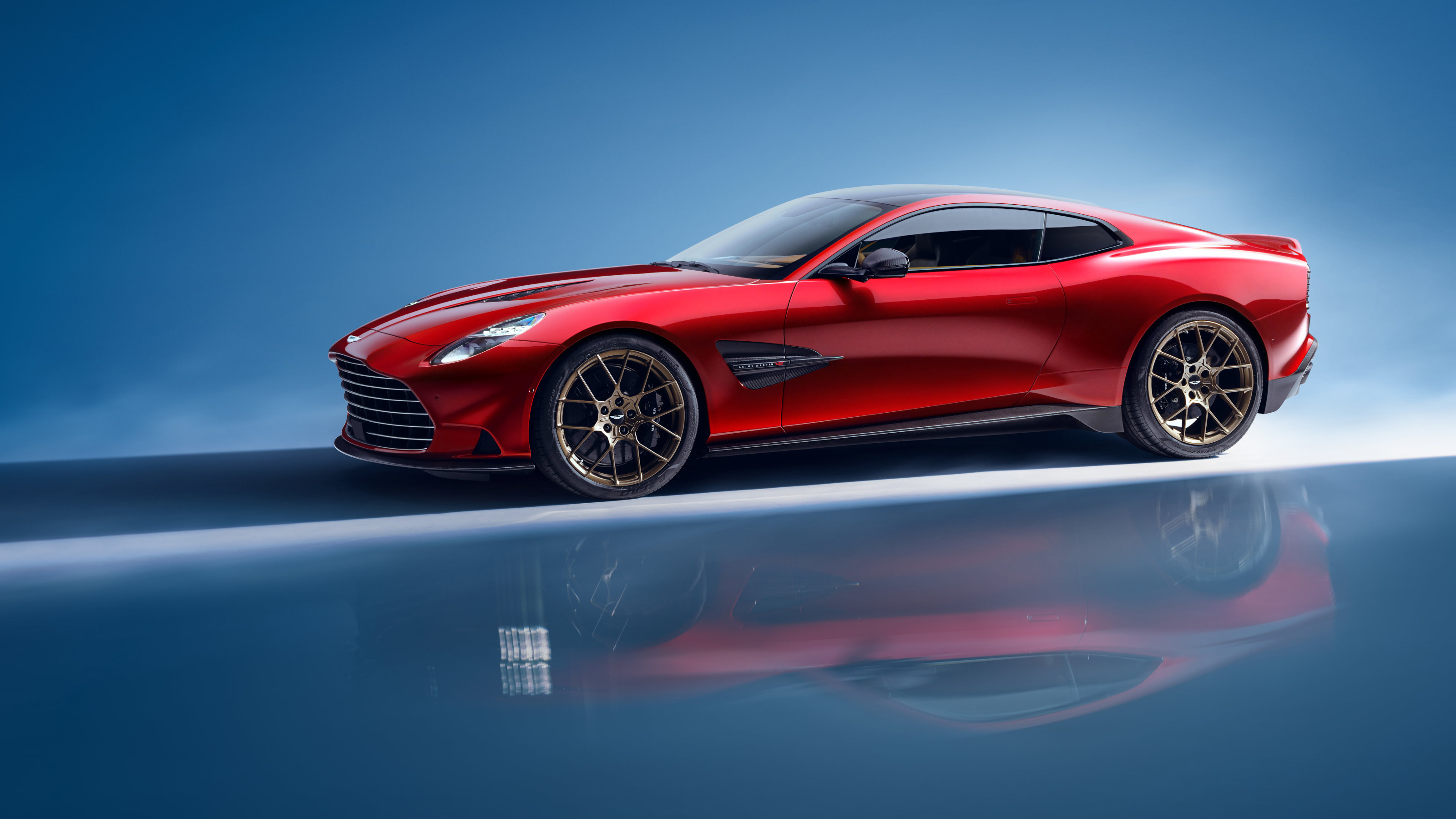 The new V12-powered Aston Martin Vanquish arrives to conquer the world of luxury GT cars
The new V12-powered Aston Martin Vanquish arrives to conquer the world of luxury GT carsThe luxury British marque’s new Vanquish flagship is absolutely, positively, definitely, its final flirtation with V12 power. Or is it?
By Jonathan Bell
-
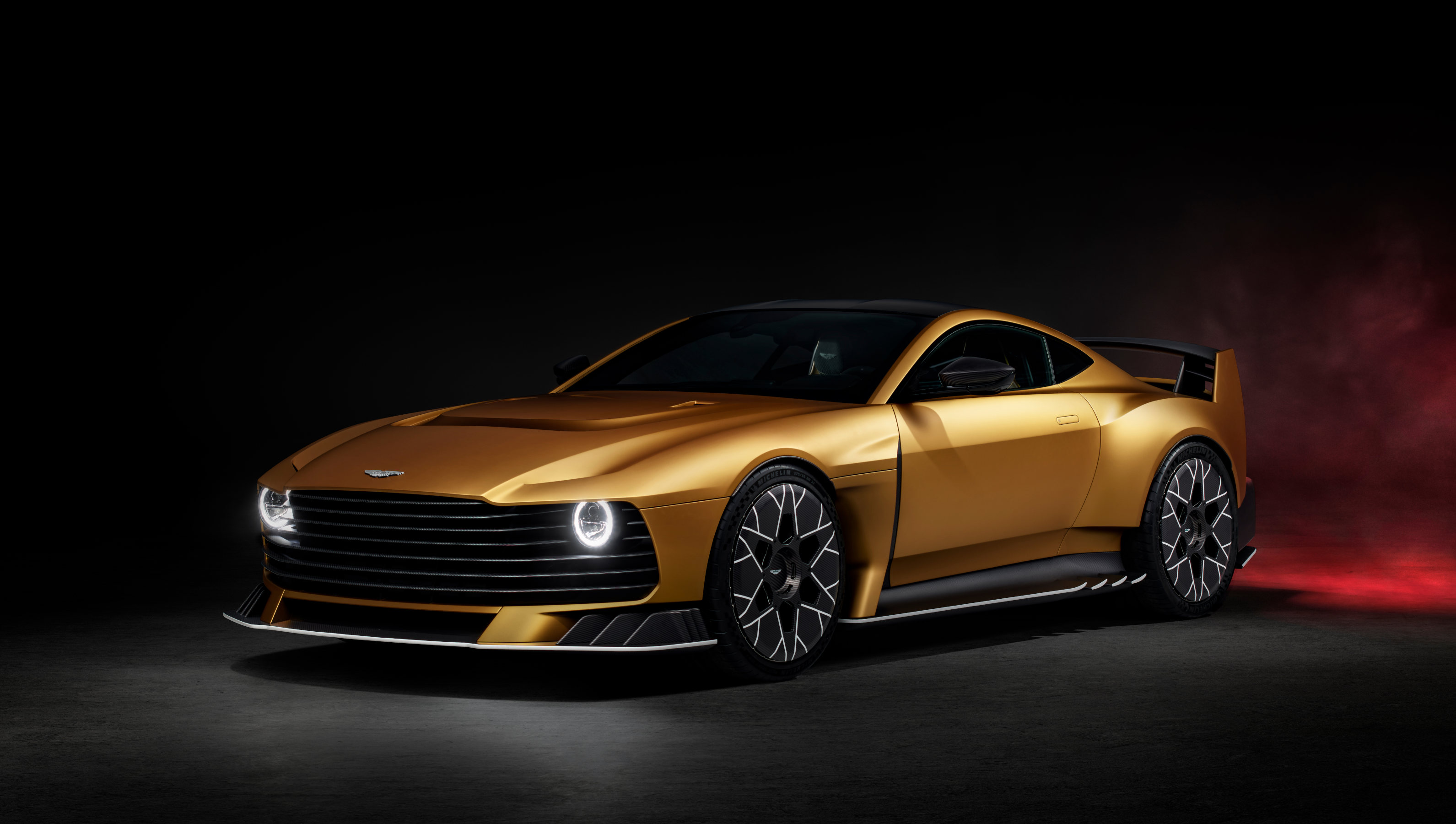 Could a car be any more muscular? Aston Martin unleashes the bold and brutalist Valiant
Could a car be any more muscular? Aston Martin unleashes the bold and brutalist ValiantEquipped with a V12 engine, manual gearbox and chiselled bodywork, the limited-edition Aston Martin Valiant is the company’s most extreme front-engined road car to date
By Jonathan Bell
-
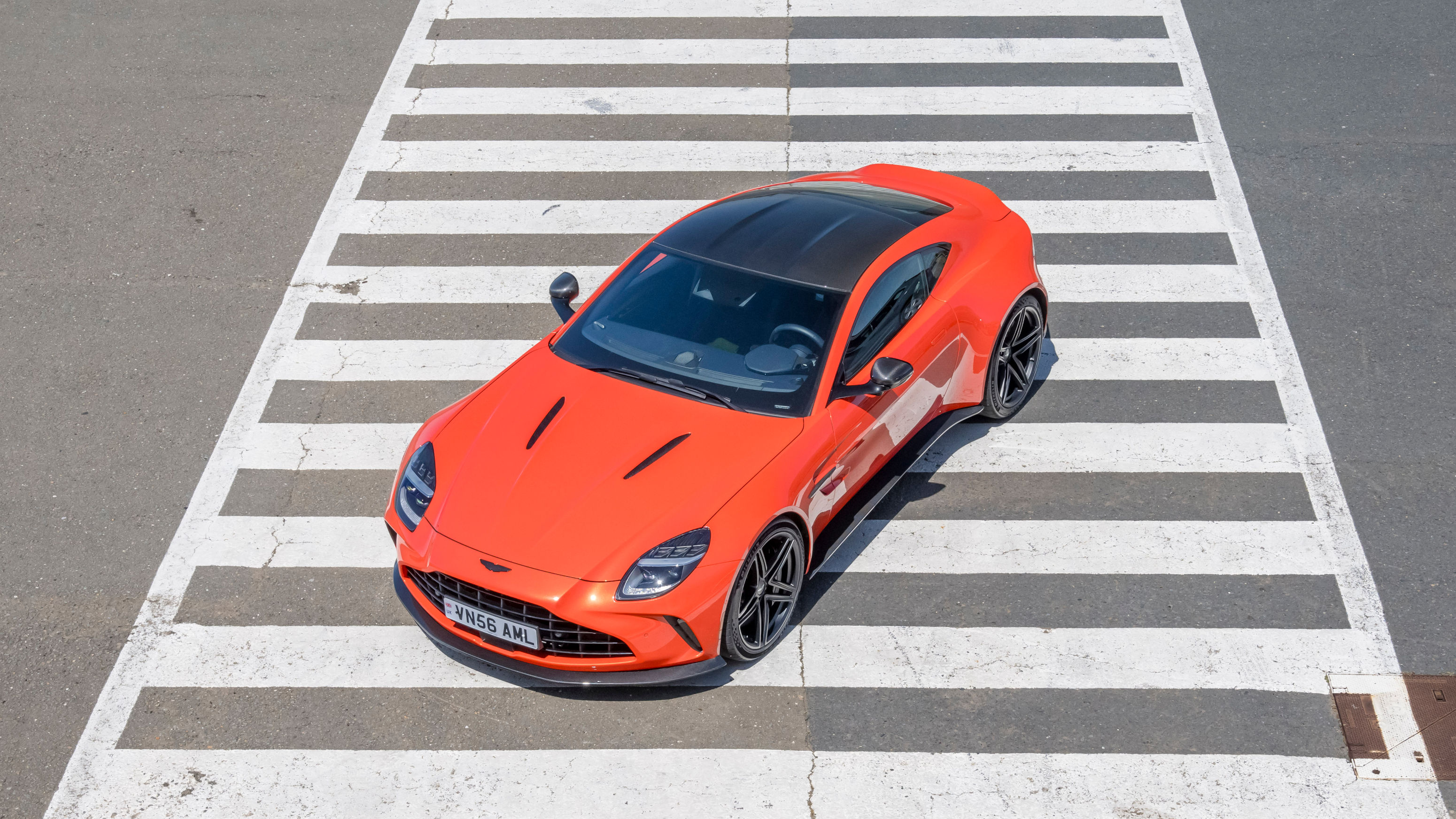 Aston Martin Vantage review: we take the wheel to find out if it makes the supercar grade
Aston Martin Vantage review: we take the wheel to find out if it makes the supercar gradeThe new Aston Martin Vantage is an upgrade on every conceivable metric, resulting in a machine with more power, luxury and dynamic ability than ever before
By Jonathan Bell
-
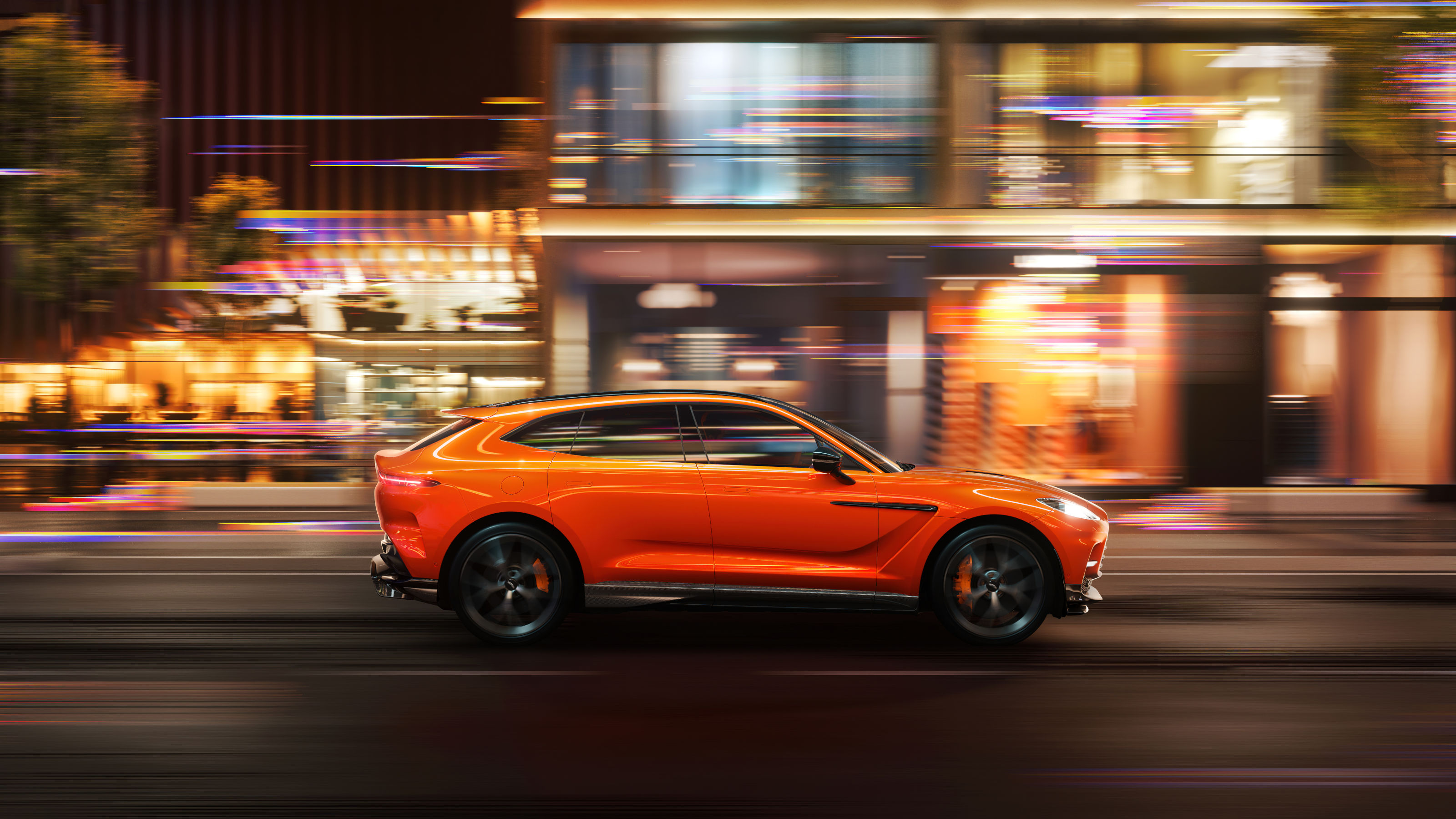 Aston Martin DBX707 SUV is updated with a new interior and infotainment
Aston Martin DBX707 SUV is updated with a new interior and infotainmentThe new Aston Martin DBX707 has better tech, better design but the same raw power, keeping its spot at the top of the ultra-SUV tree
By Jonathan Bell